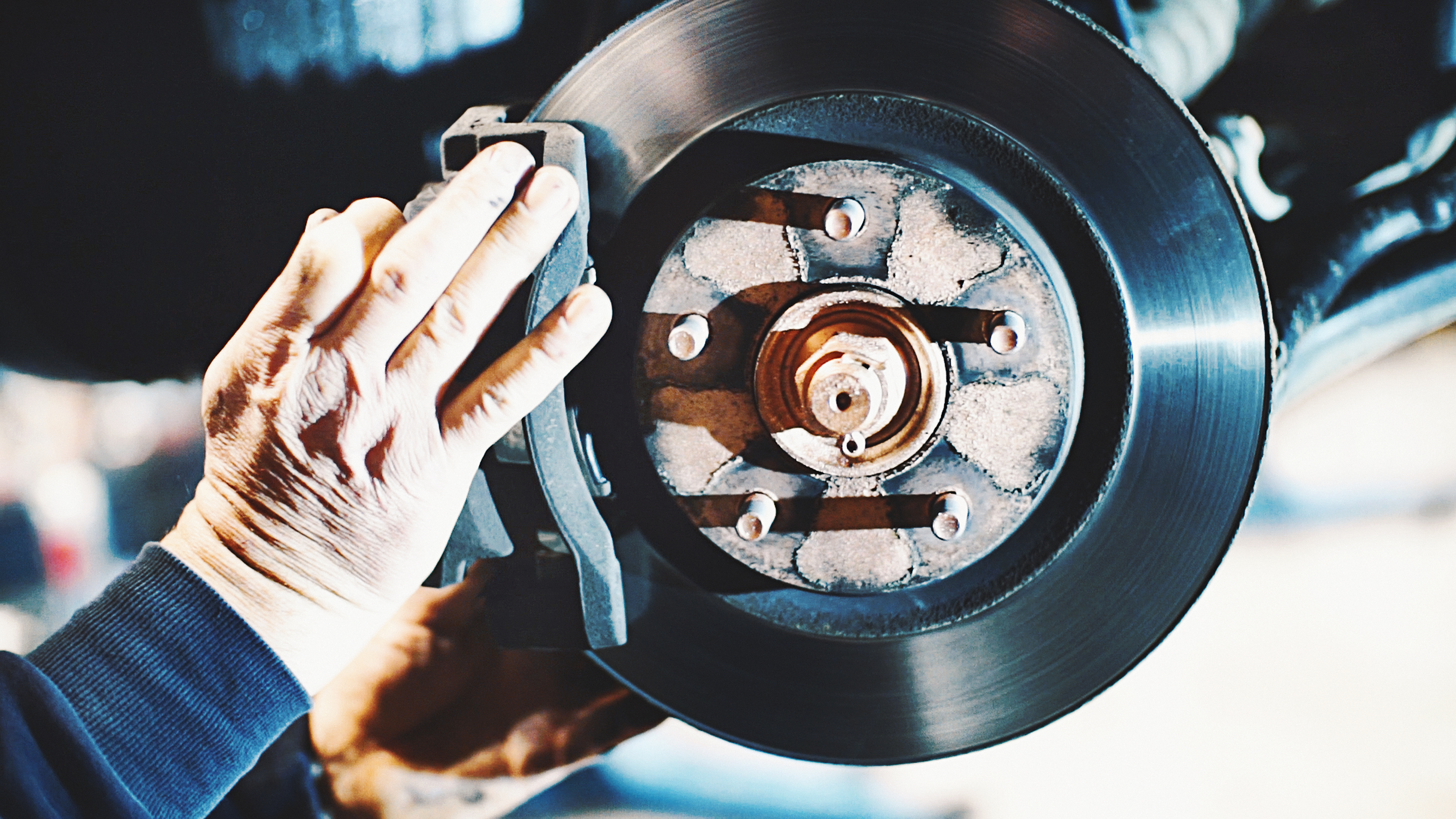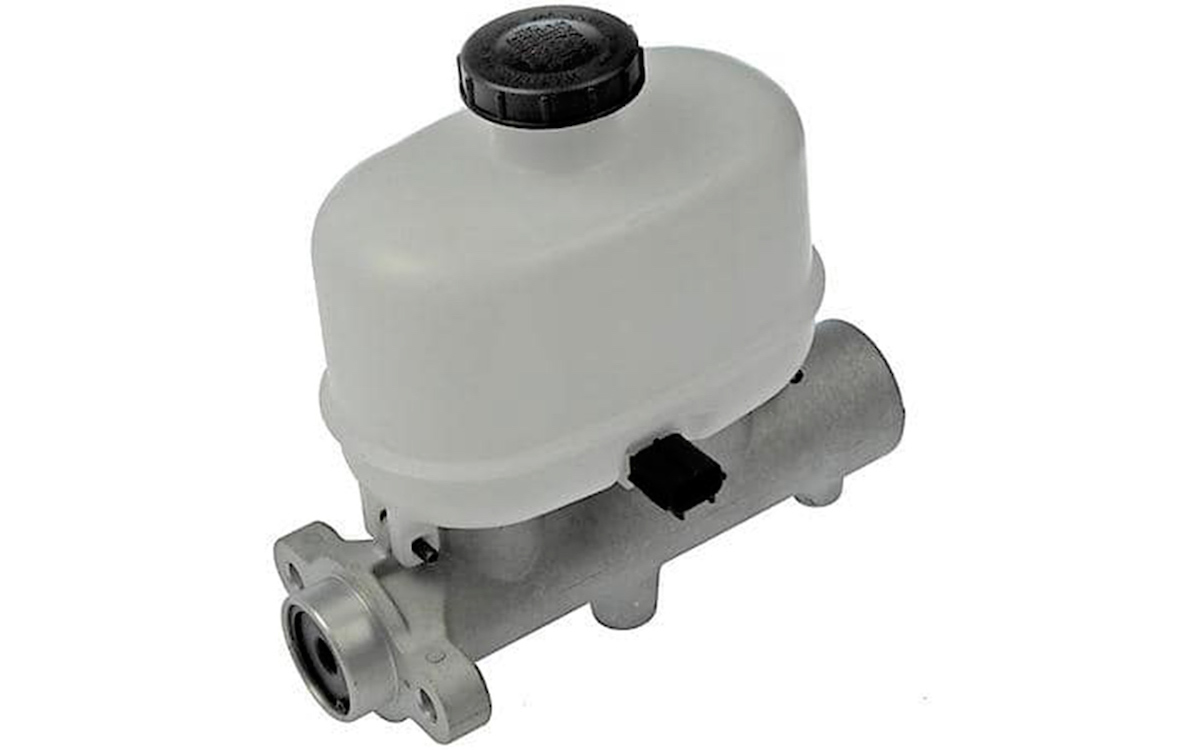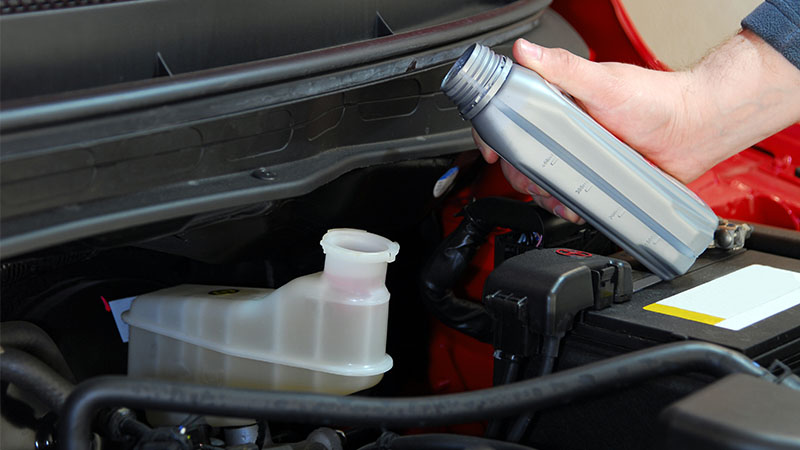
Why knowing how to change brake fluid is so important, and how to do it
Brake fluid provides hydraulic pressure to actuate your brake system's pistons and provide braking. Here's why, how, and when to perform a brake fluid change.
How it works
Brake fluid conducts the hydraulic pressure that stops the vehicle. This "incompressible" fluid operates in a high-pressure, hot environment—100 to 200 degrees at normal operating conditions. Ever smelled your brakes on a long, steep downhill drive? If so, you may have been looking at closer to 550 degrees.
Brake fluid has a high boiling point, as boiling would transform the fluid into a gas. Unlike liquid, gas is compressible, and therefore the presence of gas bubbles in the brake system could lead to brake fade or failure. Unfortunately, brake fluid is hygroscopic, meaning it attracts and absorbs water from the atmosphere. Water in brake fluid will boil at a much lower temperature and can corrode brake components.
When to perform a brake fluid change
Change brake fluid if the pedal feels "spongy," or if the brake lines are ever opened up during service. Examine the brake fluid—it should be yellowish and translucent. If it looks dirty or contaminated, it's probably due for a change.
Avoid brake fade caused by contaminated brake fluid. Don't regularly open the reservoir to check the brake fluid level. Doing so introduces air and moisture into the system. The clear reservoir has MAX and MIN lines for monitoring fluid levels without removing the cap. And never add brake fluid from a previously opened container, because it has probably absorbed some moisture.
About brake fluid types
Brake fluid is available in different types, specified as DOT 3, 4, 5, and 5.1. In general, the differences between the types are related to the fluid's viscosity and boiling points. Braking generates a lot of heat—heat that's transferred to brake fluid. Boiling points are important because if your brake fluid boils during extreme braking, air will be introduced into the system and brake failure will result. A good rule of thumb is to follow the vehicle manufacturer recommendations for which brake fluid to use, and know that brake fluids aren't generally interchangeable, particularly DOT 5 which is silicone-based while the others are glycol-based.
This is a good project for new DIYers
-
You may need to jack up the car for access to the bleeder screws. The bleeder screws usually look a lot like an old-fashioned grease fitting.
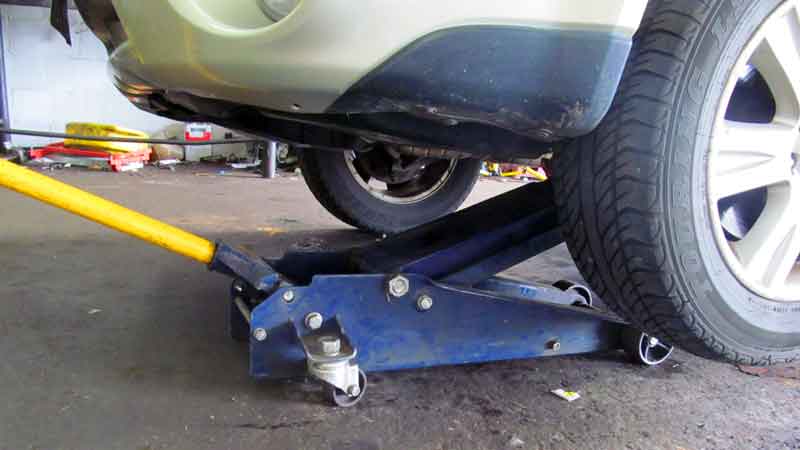
-
Once your vehicle is raised up and secured on jack stands, locate - but don't loosen - the brake bleeder screws on each wheel caliper or brake cylinder. Bleeder screws may vary in size but are frequently 8 or 10 mm.
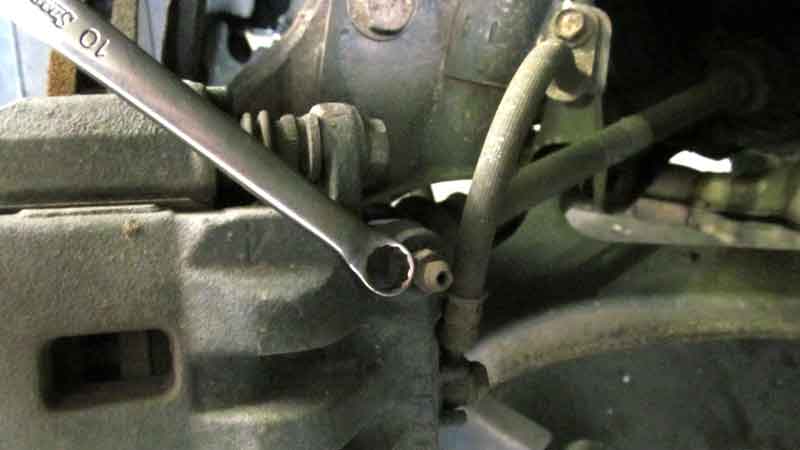
-
Locate the master cylinder. Remove the reservoir cap. Remove the old brake fluid with a vacuum pump. Refill with new brake fluid.
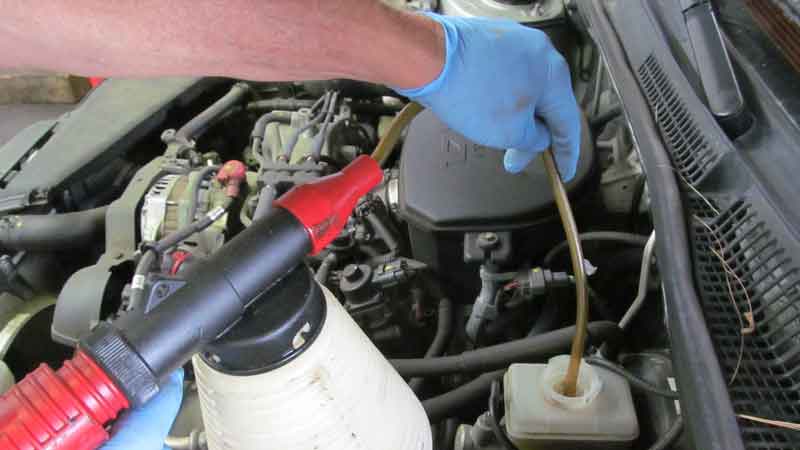
-
Attach the brake bleeder hose to the caliper bleeder screw farthest away from the master cylinder (in other words, the right rear wheel) and put the other end of the tubing into a jar with about a 1/2" of clean brake fluid in it. Loosen the bleeder screw and have an assistant press the brake pedal.
Stubborn bleeder screws can be broken loose by trying to tighten them slightly first. Bleed until no air bubbles are visible, capturing the used brake fluid into the drain container. Tighten the bleeder screw before your assistant lets off the pedal. Repeat this process as many times as necessary until no bubbles appear.
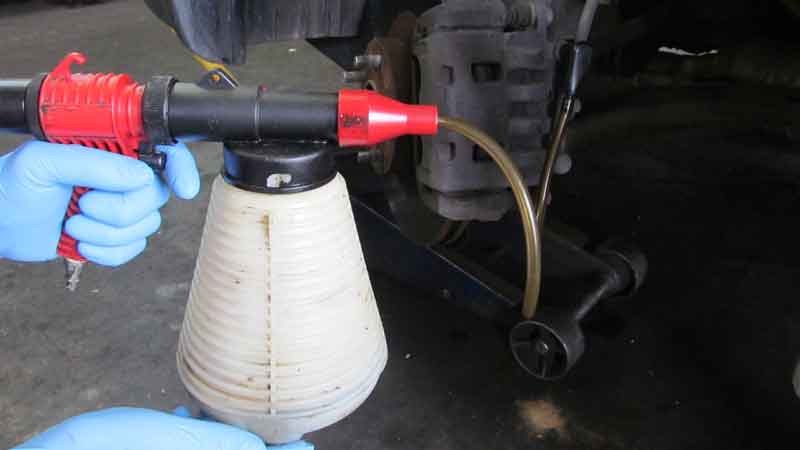
-
Add fresh brake fluid to the brake fluid reservoir and make sure the master cylinder reservoir never runs dry. Repeat step 4, working closer to the master cylinder as you go. Refill the reservoir as needed each time using only new brake fluid.
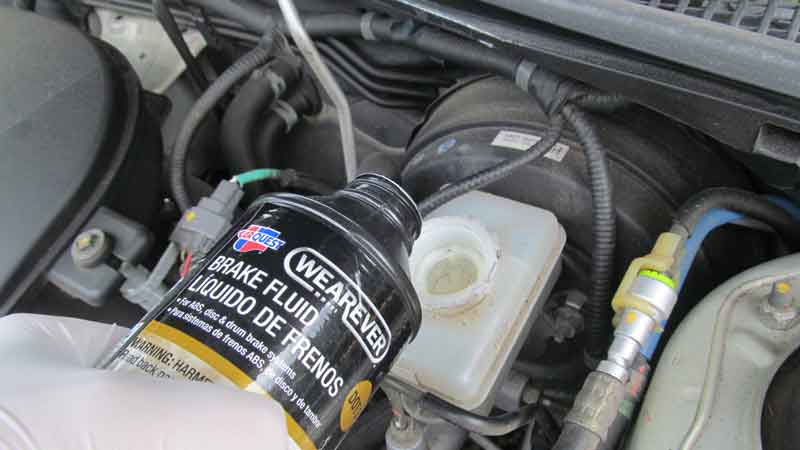
-
Top off the brake fluid reservoir. Replace the reservoir cap. Test the brake pedal before driving the vehicle. You have now finished a brake fluid change.
-
Properly dispose of used brake fluid at a facility near you.
Brake fluid is highly corrosive and can can strip paint off a car in a heartbeat, not to mention what it can do to you! Know how to change brake fluid the right way by always wearing protective eye wear and nitrile gloves, and immediately flushing with water anything that comes in contact with brake fluid.





